It can be aptly termed fatal attraction. Scientists in Kerala were surprised to discover carnivorous plants that attract insects by acting as blue fluorescent lamps! This is probably the first time in the world that a carnivorous plant has been discovered to reveal a blue glow to catch its prey.
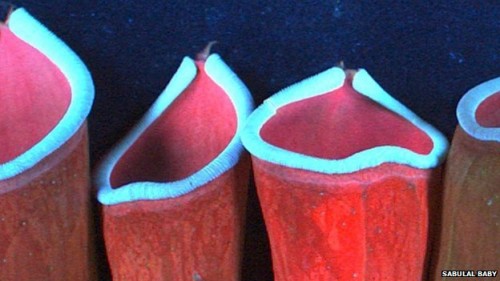
The study, published in the journal Plant Biology, was carried out by scientists from Jawaharlal Nehru Tropical Botanic Garden and Research Institute in Thiruvananthapuram, Kerala.
The team found out that insectivorous plants like pitcher plants Nepenthes and Sarracenia and Venus flytraps (Dionaea muscipula) showed a new prey capture mechanism. The plants emitted blue fluorescent light on their “capture spots” when tested in ultraviolet (UV) light.
The blue glow was revealed on the inner sides of Venus flytraps when scanned at UV 366nm. And distinct blue fluorescence appeared on the lids, interior pitcher tubes and peristomes (upper rims) of pitcher plants.
Insect eaters
Pitcher plants and Venus flytraps have always been regarded as interesting representatives of the plant kingdom because of their unique ability to ‘eat’ like animals. What we find so fascinating and unusual, is a remarkable adaptation by these plants to gather nutrient from other sources. It is believed that because they grow in low nutrient soils, the plants have evolved to catch prey for nourishment.
Scientists earlier thought that the plants attracted their prey towards them, like bees and ants through their colour, smell and nectar.
But this is the first time that the Indian scientists found there to be another way to attract preys and that was with a luminous glowing rings around the periphery of the capture spot of the plants.
“These distinct blue emissions were so far not known in carnivorous prey traps,” said research team member Dr Sabulal Baby. “To the best of our knowledge, this is the first study reporting such strong and distinct fluorescence emissions in the plant kingdom.”
Most insects and other arthropods can perceive UV regions of the electromagnetic spectrum.
For the preys, the blue emission may look like attractive landing pads. Once they sit on it, they are instantly trapped. What is also fantastic, is that the blue radiance is also visible in low light therefore nocturnal preys too can be easily targeted by the plants, including rats, bats and tree shrews.
According to BBC Nature, to test the significance of blue fluorescence as a prey-attracting device, the team “masked” the blue rings of Indian pitcher plants (Nepenthes khasiana) growing in the botanic gardens by coating them with a non-fluorescent extract.
The plants’ prey capture success reduced drastically over the 10-day period when their blue emissions were hidden.
This indicates that blue fluorescence acts as a “very significant signal” in attracting prey, Dr Baby explained. The discovery of the plants’ blue fluorescence in UV light conditions provides “a new understanding to prey capture in carnivorous plants and also [of] plant-animal interactions.”
Nature is still full of many surprises.
Did you know?
The Venus flytrap snaps shut around insects with one of the quickest movements in the plant kingdom, while pitcher plants have slippery edges causing prey to fall to their deaths into a pitcher of digestive fluid.
More Related Stories,
Researchers Find Thousands of Fungi Species in Singhgad Forests
Rao Jodha Desert Rock Park – New Green in the Desert


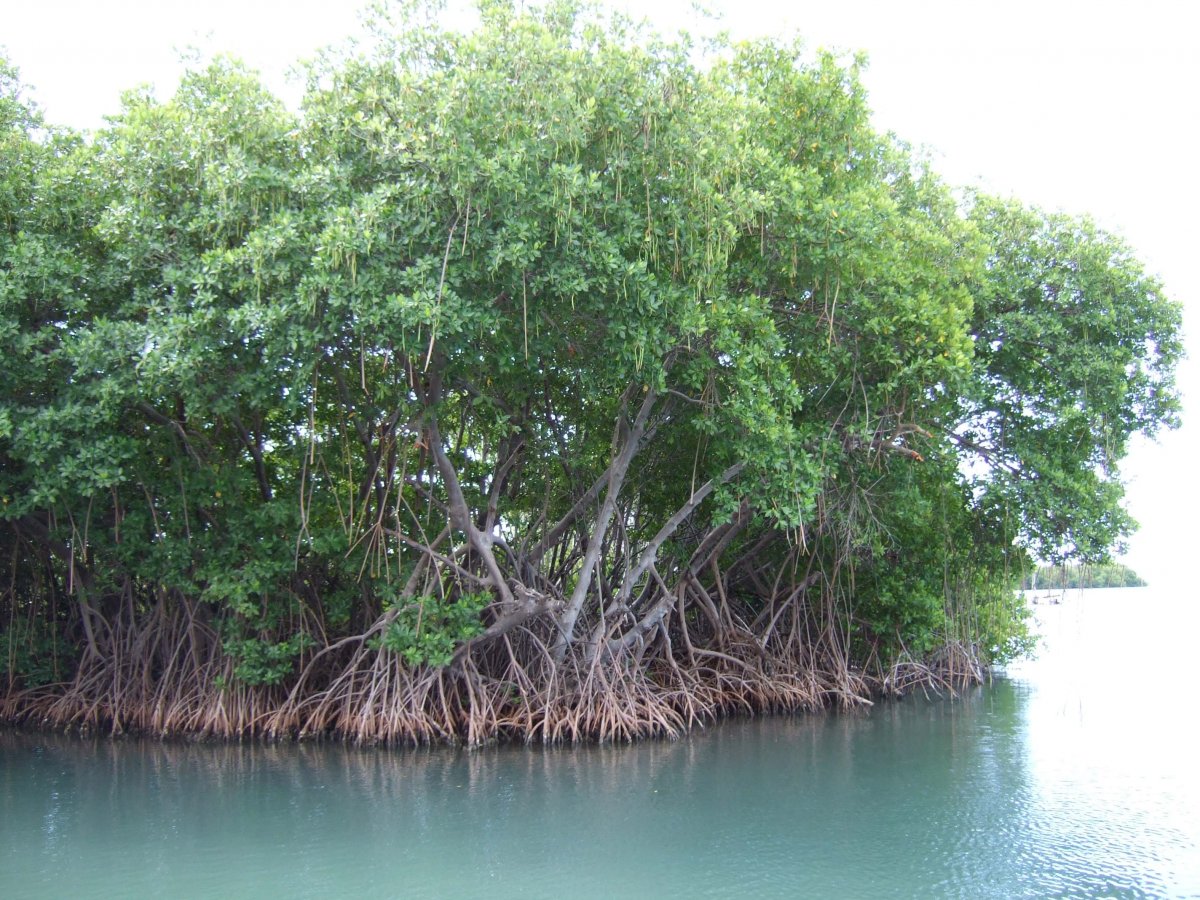
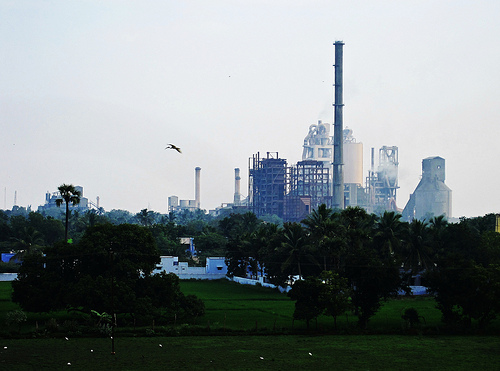
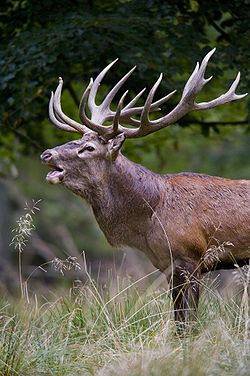
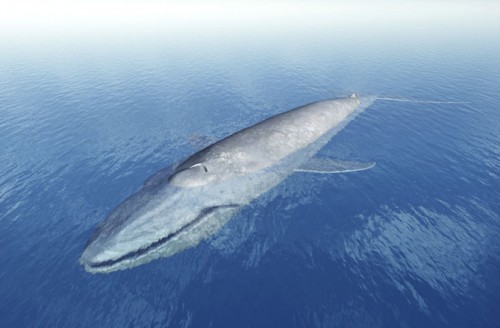
There are even more surprises in Nepenthes prey traps.
Please see: https://www.nature.com/articles/s41598-017-11414-7
Abstract: Carnivorous plants of the genus Nepenthes supplement their nutrient deficiency by capturing arthropods or by mutualistic interactions, through their leaf-evolved biological traps (pitchers). Though there are numerous studies on these traps, mostly on their prey capture mechanisms, the gas composition inside them remains unknown. Here we show that, Nepenthes unopened pitchers are CO2-enriched ‘cavities’, when open they emit CO2, and the CO2 gradient around open pitchers acts as a cue attracting preys towards them. CO2 contents in near mature, unopened Nepenthes pitchers were in the range 2500–5000 ppm. Gas collected from inside open N. khasiana pitchers showed CO2 at 476.75 ± 59.83 ppm. CO2-enriched air-streaming through N. khasiana pitchers (at 619.83 ± 4.53 ppm) attracted (captured) substantially higher number of aerial preys compared to air-streamed pitchers (CO2 at 412.76 ± 4.51 ppm). High levels of CO2 dissolved in acidic Nepenthes pitcher fluids were also detected. We demonstrate respiration as the source of elevated CO2 within Nepenthes pitchers. Most unique features of Nepenthes pitchers, viz., high growth rate, enhanced carbohydrate levels, declined protein levels, low photosynthetic capacity, high respiration rate and evolved stomata, are influenced by the CO2-enriched environment within them.
Very interesting. Thank you for sharing.